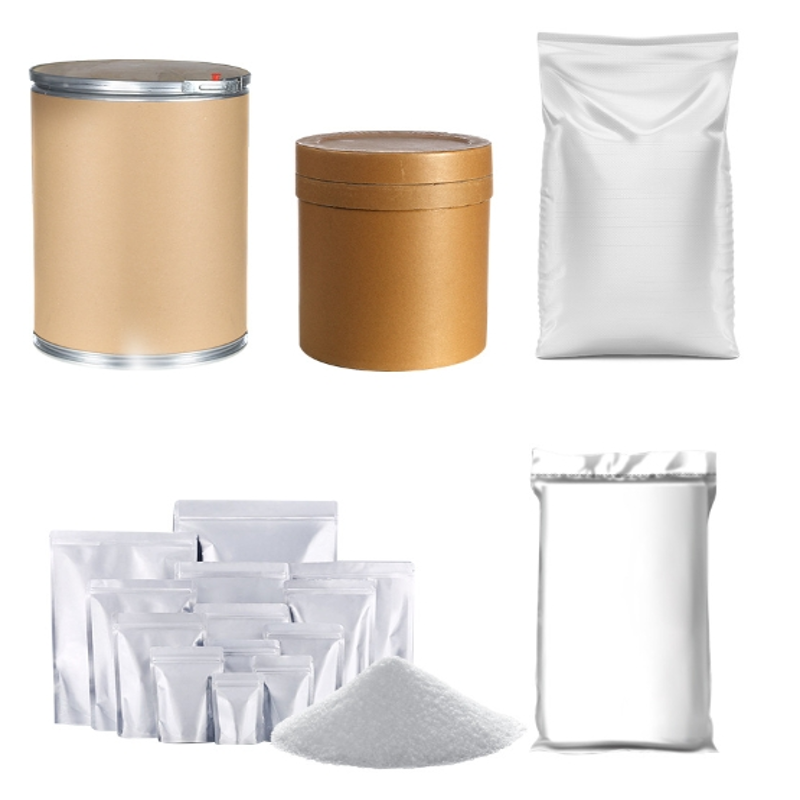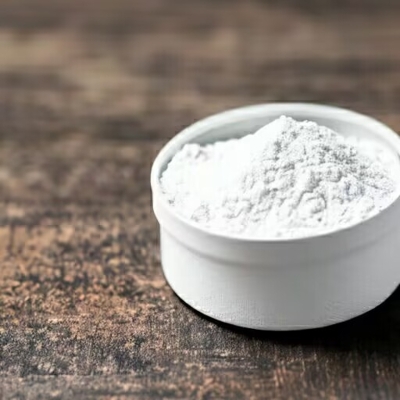-
Categories
-
Pharmaceutical Intermediates
-
Active Pharmaceutical Ingredients
-
Food Additives
- Industrial Coatings
- Agrochemicals
- Dyes and Pigments
- Surfactant
- Flavors and Fragrances
- Chemical Reagents
- Catalyst and Auxiliary
- Natural Products
- Inorganic Chemistry
-
Organic Chemistry
-
Biochemical Engineering
- Analytical Chemistry
- Cosmetic Ingredient
-
Pharmaceutical Intermediates
Promotion
ECHEMI Mall
Wholesale
Weekly Price
Exhibition
News
-
Trade Service
Guide
Varicocele is a common male reproductive system disorder that may be related to male infertility, pain and discomfort of the ipsilateral scrotum and its contents, abnormal testosterone synthesis and secretion, and especially the relationship with male infertility
.
Based on the latest evidence-based medical data and Chinese clinical practice, the Andrology Branch of the Chinese Medical Association launched the "Guidelines for the Diagnosis and Treatment of Varicocele to standardize its diagnosis and treatment
".
The main points of Yimaitong are compiled as follows
.
Varicocele is a vascular lesion that refers to the abnormal dilation, elongation, and twisting
of the vine venous plexus within the spermatic cord.
Pain and discomfort in the ipsilateral groin, scrotum and their contents, and progressive decline in testicular function (spermatogenesis, testosterone synthesis and secretion) are common
causes of male infertility.
Varicocele can be divided into primary and secondary according to etiology
.
The prevalence of varicocele varies depending on the method of evaluation
.
In adults, varicocele occurs in 77% to 92% of adults, about 10% (7% to 22%) bilaterally, and less common (1%)
to occur on the right side alone.
Male infertility, age, low body mass index (BMI), and genetic factors are all risk factors
for varicocele.
Current research suggests that varicocele may be associated with
male infertility, pain and discomfort in the ipsilateral scrotum and its contents, and abnormal testosterone synthesis and secretion.
Animal experiments suggest that these effects tend to gradually worsen with the severity of varicocele and the progression of the disease
.
Diagnostic methods
Medical history (recommendation A): including past history, marital history, time, degree, nature and accompanying symptoms of discomfort
.Physical examination (recommendation A): physical examination should be performed
in a warm, comfortable, quiet, relatively independent environment.
Specialist examination focuses on examining the scrotum and its contents
.Imaging: color Doppler ultrasonography, CT/MRI (optional), angiography (optional).
Assessment of testicular function: testicular development, semen test, testosterone (optional), reproductive-related hormone testing (optional), testicular biopsy (generally not recommended
).
Varicocele can be diagnosed
by physical examination and color Doppler ultrasonography.
However, due to its uncertain relationship with scrotal discomfort, pain, fertility, and androgens, attention should be paid to identifying whether there are varicocele combined with other diseases that cause the above symptoms, such as chronic pelvic pain syndrome, and especially from psychological diseases or psychosomatic diseases with physical symptoms as the main manifestations
.
Chronic prostatitis/chronic pelvic pain syndrome often exists with varicocele in a "comorbid" form and should be noted
.
The treatment of primary varicocele should be differentiated
according to whether the patient has infertility or abnormal semen quality, whether there are clinical symptoms, and the degree of varicocele.
Treatment includes general treatment, medication, and surgery
.
Secondary varicocele should first actively seek and treat the primary disorder
.
General treatment
General therapy includes lifestyle and dietary modification, physical therapy, etc
.
drug therapy
Drugs against varicocele
Aescin: delays the progression of varicocele and improves semen quality
in some varicocele patients.
Flavonoids: can improve the pain symptoms caused by clinical varicocele and delay the progression of subclinical varicocele to clinical type
Other medications that improve symptoms
For patients with local pain and discomfort, first-line treatment includes nonsteroidal anti-inflammatory drugs, which can relieve to some extent the pain, discomfort and other related symptoms
of the scrotum and its contents caused by varicocele.
Narcotic drugs or local injections of botulinum toxin spermatic cord may also be used to relieve scrotal pain, especially testicular pain
.
Drugs that improve semen quality
In patients with varicocele who have reproductive impairment and are fertile in demand, drugs
that promote spermatogenesis and improve semen quality may be used.
Traditional Chinese medicine treatment
Varicocele belongs to the category of "tendon tumor" and "tendon hernia" in traditional Chinese medicine, mainly related to kidney deficiency, dampness, blood stasis
, etc.
Surgical treatment
Surgical treatment refers to the use of surgical methods to block blood reflux in the spermatic vein, or to reconstruct the return of the spermatic vein, improve the local microenvironment, so as to protect or improve reproductive function and/or relieve symptoms
.
It is currently one of the
most common surgical treatments for male infertility.
Surgical complications: In addition to the complications that may occur in general surgery, such as bleeding, wound infection, wound fat liquefaction, etc.
, as well as subcutaneous emphysema, hypercapnia, abdominal organ damage, postoperative intestinal adhesions, etc.
associated with laparoscopic surgery, postoperative complications include hydrocele and testicular atrophy
.
People with varicocele may relapse
regardless of surgical treatment.
The recurrence rate of varicocele is 1.
9% to 17.
2%.
Standardized training and good microsurgical techniques have been reported to help reduce postoperative recurrence rates
.
Causes of varicocele recurrence include missing ligation of the thinner internal spermatic vein and its branches, extraspermatic cord vein, lead vein, and dysfunction of the newly established collateral circulation vein after surgery
.
At present, there is still a lack of uniform criteria
for determining whether varicocele has recurred.
It is generally believed that the results of physical examination and color Doppler ultrasonography after 6 months after surgery should be combined, and recurrence should be considered when both meet the diagnostic criteria for clinical varicocele; Phlebography
may be used if necessary.
Regarding the efficacy of varicocele surgery, the literature results of different periods, different populations, and different research methods are not completely consistent
.
Patients with varicocele should be followed with or without treatment
.
The aim of follow-up is to assess natural progression and treatment effectiveness, detect treatment-related complications early and propose solutions
.
Follow-up includes history, physical examination, color Doppler ultrasound of scrotum and its contents, semen analysis, pain score, etc
.
References
1.
Guidelines for the diagnosis and treatment of varicocele[J].
Chinese Journal of Andrology,2022,28(08):756-767.
)
This platform is designed to deliver more medical information
to healthcare professionals.
The content published on this platform cannot replace professional medical guidance in any way, nor should it be regarded as diagnosis and treatment advice
.
If such information is used for purposes other than understanding medical information, this platform does not assume relevant responsibilities
.
The content published by this platform does not mean that it agrees with its description and views
.
If copyright issues are involved, please contact us and we will deal with
it as soon as possible.







